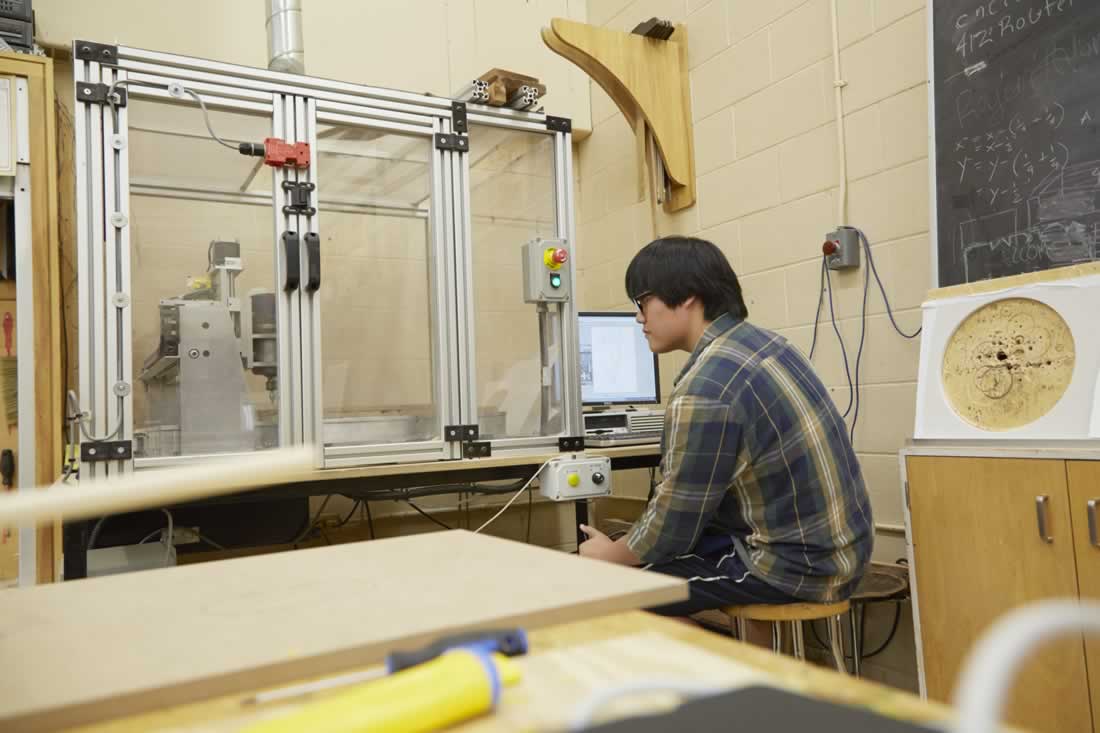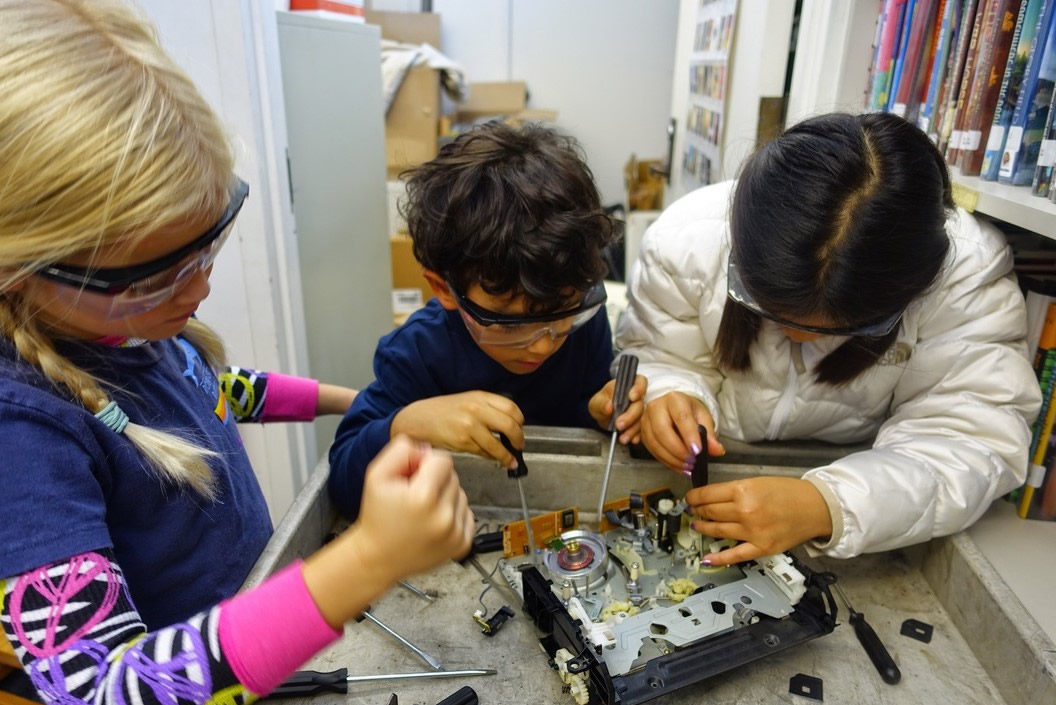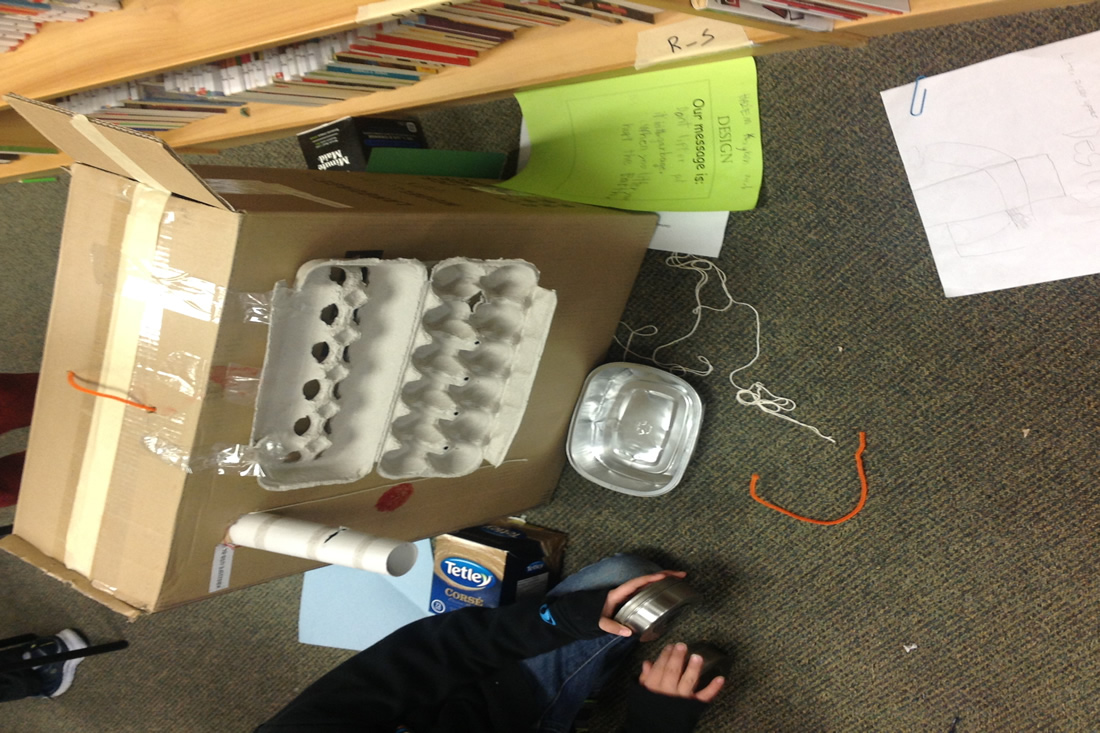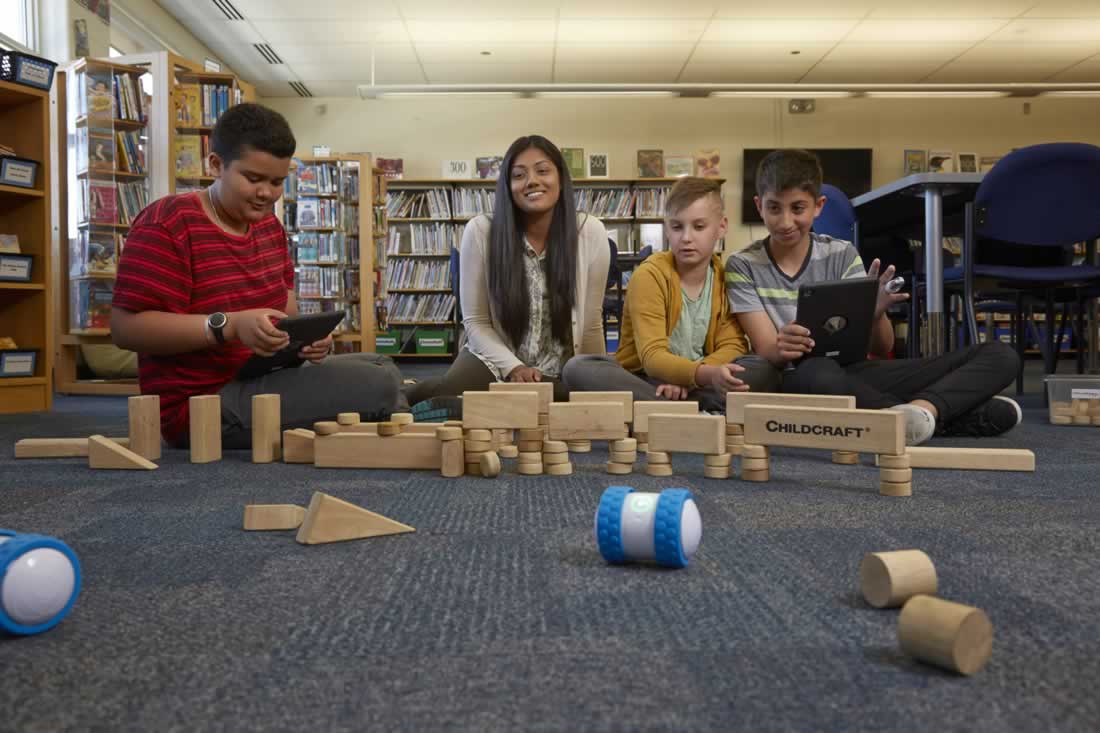If you would like to learn more about Innovation in Ontario follow our Twitter hastag #InnovatiON21c.
If you want to share an innovation from your school use our hashtag![]() #InnovatiON21c
#InnovatiON21c
If you would like to learn more about Innovation in Ontario follow our Twitter hastag #InnovatiON21c.
If you want to share an innovation from your school use our hashtag![]() #InnovatiON21c
#InnovatiON21c
"The Learning Commons seeks to expand and integrate the real and virtual choices learners have to share their experiences. Safe, inclusive and welcoming environments throughout a school are imperative to meet the diverse abilities and learning styles of individuals, teams and groups. Virtual learning spaces increase this potential." OLA
Many districts across Ontario are creating Learning Commons. A Learning Commons can be a physical or virtual space for collaboration for students and educators. In these spaces technology plays an important role in helping to develop new relationships and collaborations. In many areas districts are transforming their libraries into learning commons. The Learning Commons can be a physical and/or virtual space that promotes inquiry, discovery and creativity. Hallmarks of the current tends in Learning Commons are exploring how the physical or virtual space is designed to support collaboration. In physical spaces this often means modular furniture that can be reconfigured to support a wide range of activities and areas for creating. Traditional print resources are blended with digital resources and new technologies to create a dynamic learning enviroment. You will find information on Learning Commons and examples of Learning Commons to explore.
A resource to learn more about Learning Commons is the Ontario Library Association - Together For Learning.
Innovation does not occur in a vacuum. Many of the ideas for transforming physical spaces in schools are based on solid research. Here are a number of resources to support a deeper understanding of this transformation. These resources provide both therory and practical applications for developing these spaces.
David D. Thornburg, Ph.D. Campfires in Cyberspace:This is a key work on how the physical and virtual space impacts the activity that occurs in the space
Key Questions to consider when thinking about changing any space:
Professional Learning is a critical part of any innovation. To explore more about models of profesional learning please visit the, profesional learning models area.
"A makerspace is much more than the equipment it houses. It should be committed to a culture of innovation, while at the same time providing the skills and foundation that students will need to succeed in that kind of learning environment. A maker culture promotes risk-taking, learning from mistakes, problem-solving and the development of perseverance when tasks are difficult." Dr. Janette Hughes
Places to Build
Makerspaces typically have a physical area to build. These areas often will have a wide range of materials and tools that support rapid prototyping so that students can quickly bring their ideas and designs to life.
Places to Design
The learning environment in a makerspace promotes students' ablity to design. This can be an individual process or a group process. To help with this, having areas that have non-permanent surfaces for students to quickly record ideas helps promote the design process.
3D Printing
More and more, technology such as 3D printing is becoming available to schools. This technology allows students to use computer aided design software to design and print objects. When thinking about adding a 3D printer to your makerspace, a good question to start with is how will it be used by students?
Robotics
Many makerspaces have an area where students can access robotics tools. These tools allow students to explore how robotics can help solve problems. Robotics works hand in hand with programing or coding where students break down complex tasks to smaller components of instructions. Robotics a physical demonstration of these components that help students look for missing steps in a process to solve a problem. A question to consider is; how will students use robotics in a meaningful way to learn about the problem solving process?
Coding
Having an area for students to use coding as a tool to help solve the problem they are engaged in, or to improve their designs, helps to give an authentic reason for students to be engaged in coding. Coding can occur using a wide range of platforms, from complex computer languages like JAVA to block coding tools. Providing a wide range of entry points and a reason to code provides students the opportunity to develop their skills. Coding is more about learning a way of thinking, problem solving and debugging than learning a specific language. Questions to consider are: How will students use coding to fulfill a need? How will the skills students are learning while coding help them in other kinds of learning?
Tools
In a makerspace students have access to a wide range of tools with which to create. These can be traditional tools like hammers, saws, and pliers, or modern tools like 3D printing pens, Computer Aided Design (CAD) programs or cardboard fastening devices. The critical thinking needed to select the appropriate tool for the task is an important part of the learning experience. The development of this skill comes from multiple opportunities to prototype, succeed and fail. A question to consider is; how will opportunities be planned for students to engage in the design process?
Many districts in Ontario are transforming space to include a makerspace. Many other districts are transforming their school libraries into learning commons. Below are some examples from across the province of these spaces where you may find inspiration and ideas.
Learning Commons
Makerspaces
From The Learning Exchange a video on developing a maker mindset Makerspace Mindset Innovative Learning @ École Ste-Marguerite Bourgeoys in the Kenora Catholic District School Board's Idea Lab. Students and teachers talk about using this innovative space.



